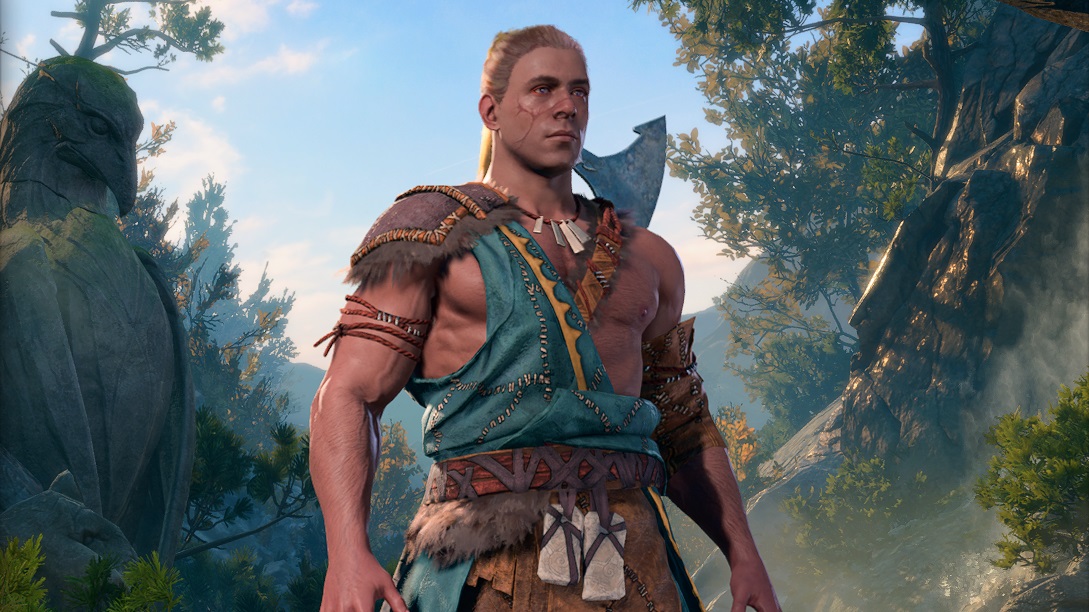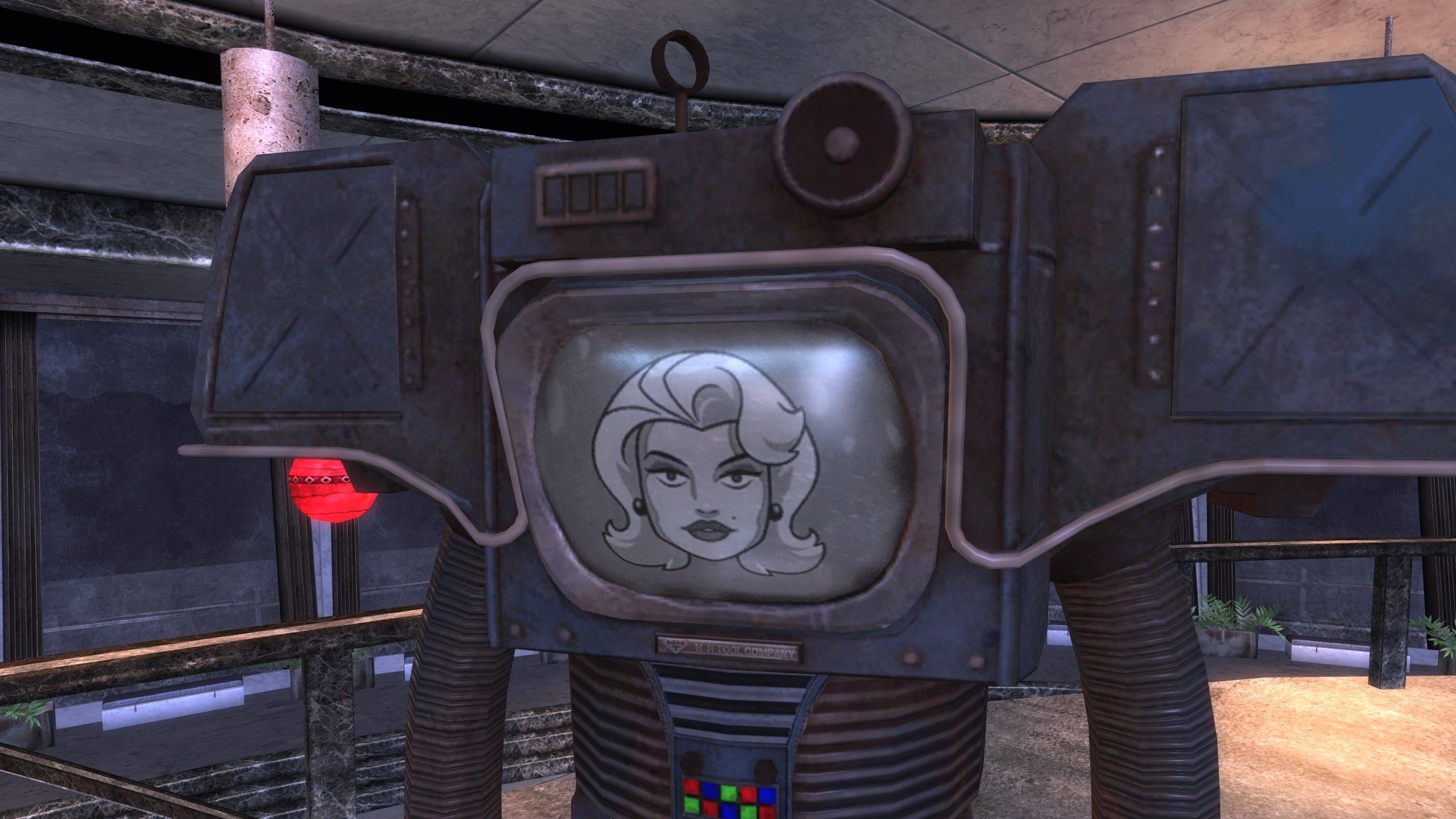Baldur’s Gate 3 is Larian’s take on Dungeons & Dragons. It’s the first Baldur’s Gate game in years, and both PC RPGs and tabletop ones have changed a lot since Baldur’s Gate 2. Larian is using the 5th Edition of D&D, first released in 2014, but you should expect plenty of liberties in the adaptation from pen-and-paper to digital. Some things aren’t changing, though—there are real dice rolls, and the character classes are straight out of D&D’s rules.
In addition to all of D&D’s main classes, Baldur’s Gate 3 offers all its many subclasses too. Some of the subclasses are self-explanatory, like assassin, but others… not so much. If you want to read descriptions of the weirder ones, here are the weirdest, most exciting subclasses in Baldur’s Gate 3 that we can’t wait to play.
What about multiclassing?
Multiclassing is available in Baldur’s Gate 3. Unlike in tabletop D&D, there won’t be any restrictions based on your character’s ability scores. Every time you level up, you’ll have the option to take a level in a different class. While it’s not necessary to get the most out of 5E, multiclassing can be fun if you’re familiar with the ins and outs of the system. Here are the best multiclass builds in Baldur’s Gate 3, if that sounds like your cup of tea.
In addition to classes, Baldur’s Gate 3 lets you choose three more important character attributes that will shape your playthrough. You can choose your Baldur’s Gate 3 race, Origin, and your Background, which will affect your story and how other characters in the game react to you.
Every Baldur’s Gate 3 class
Barbarian | Bard | Cleric | Druid | Fighter | Monk | Paladin | Ranger | Rogue | Sorcerer | Warlock | Wizard
Barbarian
Subclasses: Berserker, Wildheart, Wild Magic
Proficiencies: Simple weapons, martial weapons, light/Medium armor, shields
Playstyle: “I’d like to rage”
Tyler Wilde, Executive Editor: The fantasy Barbarian archetype doesn’t inspire the imagination like it did back when Frank Frazetta was painting Conan in the ’70s, but it’s still a fun D&D class. The key ability is Rage, which can only be used in combat, and increases the Barbarian’s weapon damage while giving them resistance to physical damage and other bonuses. Rage ends if the Barbarian doesn’t attack or take damage during a turn, so they are always busy. If you want to play sort of beefy Druid-lite, Wildheart Barbarians get Speak With Animals (a fun spell to have) and a special animal-themed Rage ability, like the Elk’s “Primal Stampede.” The Wild Magic subclass casts a random spell when you enter Rage, which is a fun extra dab of chaos, and Berserkers just go extra wild, making extra Frenzied Strike attacks at the cost of accuracy and, if that doesn’t work, picking up large objects or other creatures and hucking them at a target.
Bard
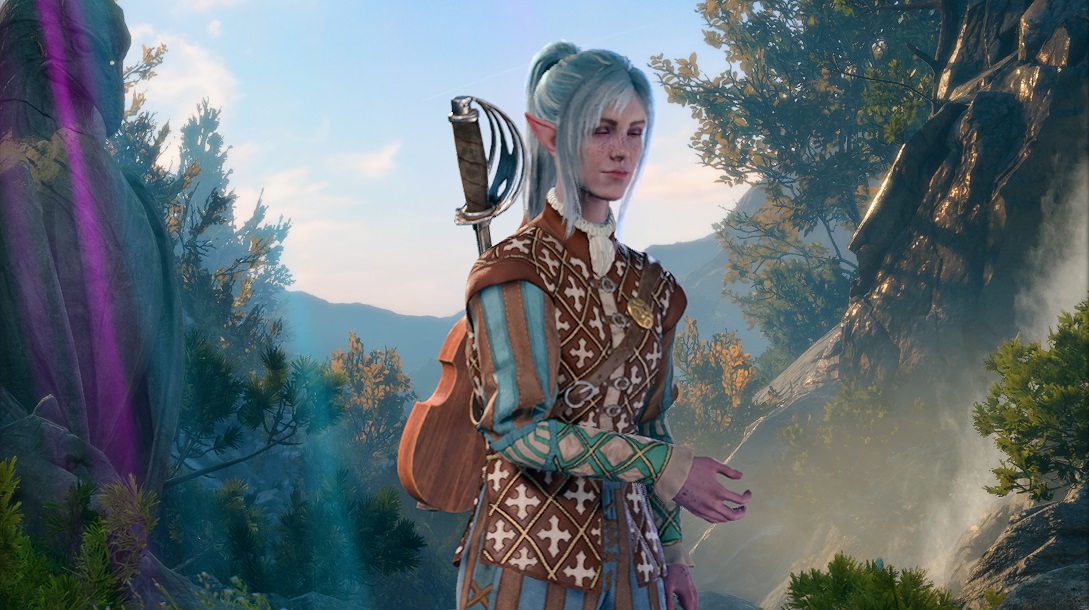
Subclasses: Lore, Valor, Swords
Proficiencies: Simple weapons, hand crossbows, longswords, rapiers, shortswords, light armor
Playstyle: Memelord cheer squad
Lauren Aitken, Guides Editor: My charm offensive is unmatched and the bonuses that come with Lore means it is nigh on impossible for me to fail Perception or Charisma rolls. I am absolutely crap in battle, however, and spend the majority of the time healing folk or strumming my lute to boost their morale. While it makes conversing with the locals—animals included—quite whimsical, and my performance is stellar, it is very frustrating when you’ve put all your points into lore and not into, say, becoming better at stabbing people, making fights desperately trying. So do lean on those melee classes in your party and allow them to do the heavy hitting while you provide support from the back line.
Cleric
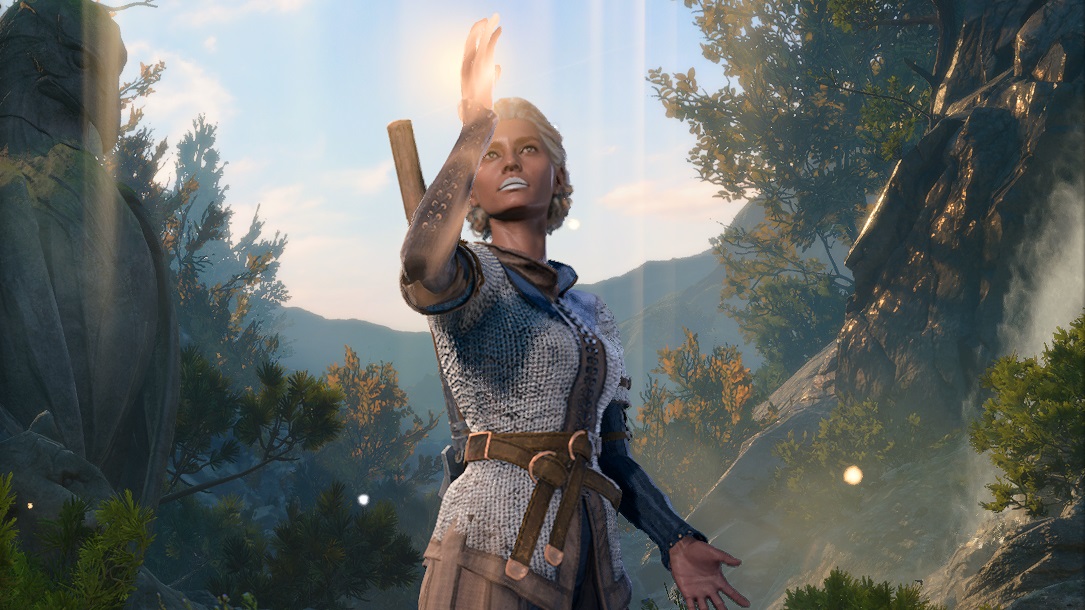
Subclasses: Life, light, trickery, knowledge, nature, tempest, or war domain
Proficiencies: Simple weapons, morningstars, light/medium armor, shields
Playstyle: Your mom just wants you to play safe
Jody Macgregor, Weekend Editor: Druids, bards, and paladins can heal, but clerics are best at it, with Cure Wounds and Healing Word in your arsenal from the drop. Note that Cure Wounds gives back more HP, so even though Healing Word can be cast at range (and as a bonus action), you want a Cleric who can move around the battlefield to get near whoever’s hurt. With access to medium armor and varied weapons, they make a decent switch-hitter who hops between the melee frontline and the Rogue/Caster Party Zone as necessary.
Clerics can be fun when you don’t need healing too, he said, like your mother trying to convince you to include the boring kid. The Spiritual Weapon spell is no joke, and Spirit Guardians summons a bunch of dead old priests who can do 3d8 damage to anyone in 15 feet, presumably while shouting their battle cry, “That would be an ecumenical matter!” Plus, having the Guidance cantrip to give a bonus d4 to ability checks is great for all those persuasion and sleight of hand rolls. Yes, they talk about the gods, but please take a cleric when you go out to play. The person who shows up to rollerskate night with a first-aid kit is a saint and you should be nice to them.
Druid
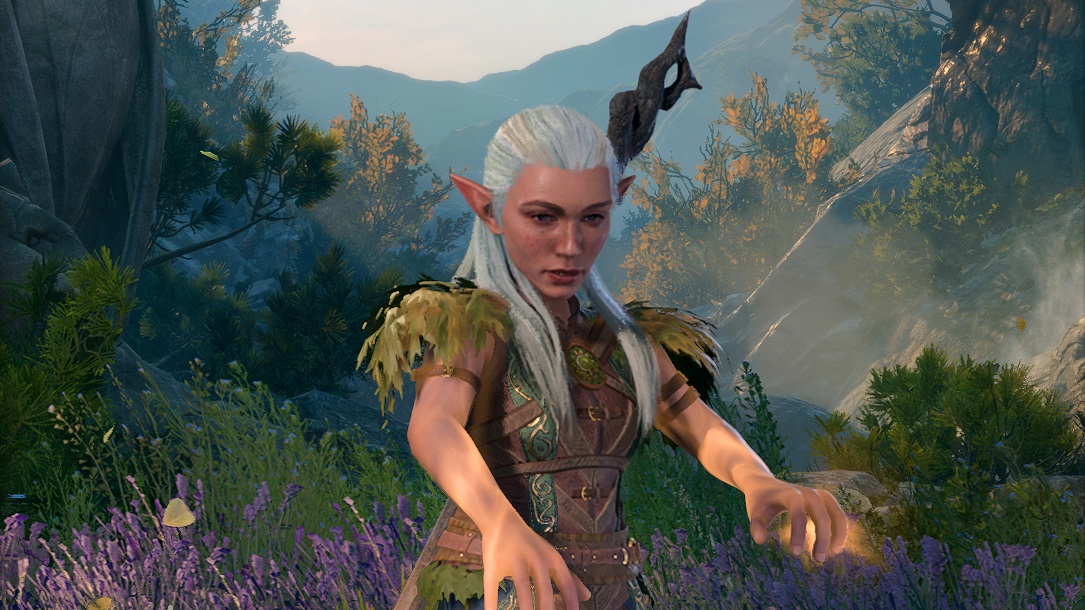
Subclasses: Land, Moon, Spores
Proficiencies: Clubs, daggers, javelins, maces, quarterstaffs, scimitars, sickles, spears, light/medium armor, shields
Playstyle: Nature-loving jack-of-all-trades
Robin Valentine, Senior Editor: What druids bring to the table is versatility. With medium armour and shield proficiency they’re among the most durable spellcasters; their selection of spells includes potent offensive options, powerful support, and great utility with picks like Speak With Animals; and Wild Shape allows them to be a tanky melee threat, a stealthy scout, and even fly to inaccessible areas at a moment’s notice. The flipside is they don’t excel in any of those roles as much as more dedicated specialists, and it can be difficult to settle into what your best role in the party actually is.
Fighter
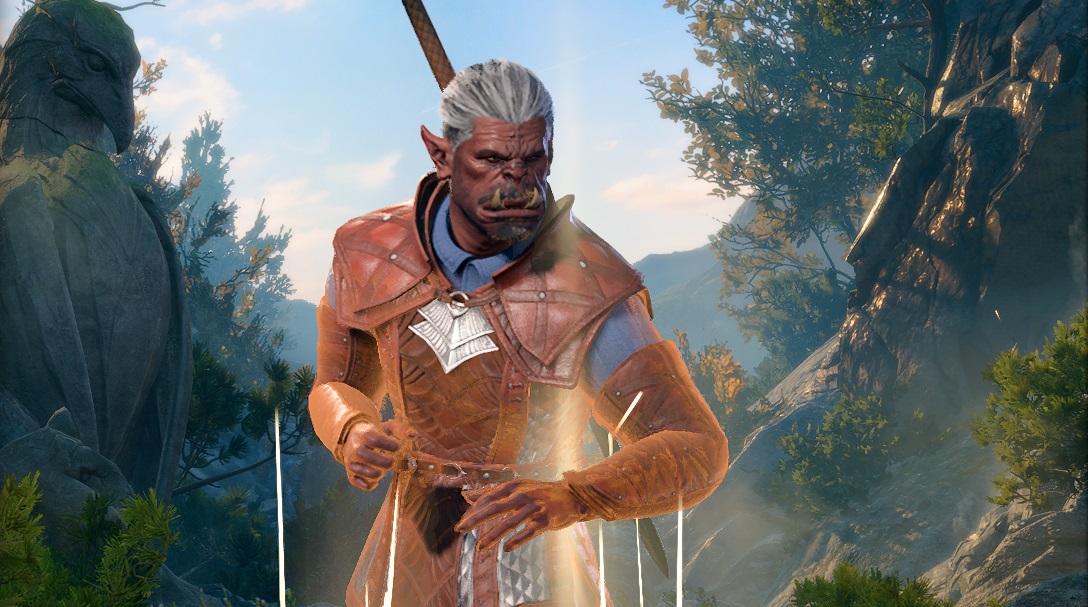
Subclasses: (Pick at level 3) Battle Master, Eldritch Knight, Champion
Proficiencies: Simple weapons, martial weapons, light/medium/heavy armor, shields
Playstyle: Some guy with a sword
Tyler Wilde, Executive Editor: The closest you can get to being ‘just a regular ol’ sword-wielding adventurer’ is the Fighter’s Champion subclass. When you pick it at level 3, you get Improved Critical Hit, which gives you crits on natural 19s as well as 20s, and that’s it. Champions get no complicated maneuvers like the Battle Master, who uses special dice to evade, goad, trip, and otherwise befuddle enemies with tactics, or spells like Eldritch Knight, who can cast spells like Thunderwave and Ice Knife (put some points into Charisma if you plan to pick this subclass). Whichever you choose, being a Fighter is about mastering weaponry and staying in the fight, using Action Surge to take extra attacks and Second Wind to regain health. A Fighter is always busy like a Barbarian, but more tactical.
Monk
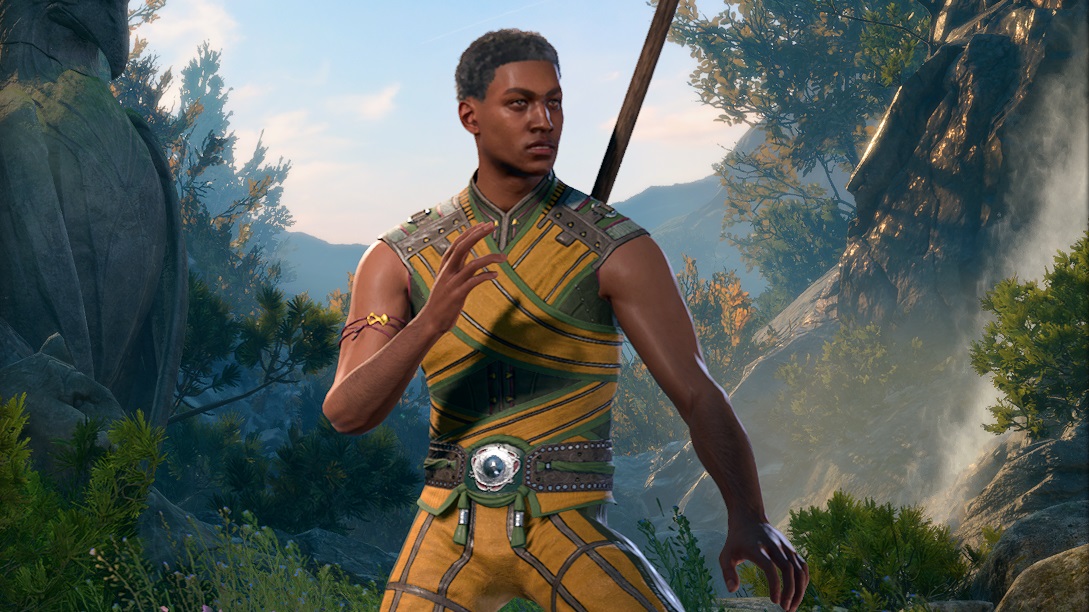
Subclasses: Open Hand, Shadow, Four Elements
Proficiencies: Simple weapons, shortswords
Playstyle: Weaponized therapist
Lauren Morton, Associate Editor: This is the first cRPG in which I’ve not regretted trying a Monk character. They start out with few proficiencies and effectively no spells either, but since Baldur’s Gate 3 adapts so many actions like leaping, shoving, and improvising melee weapons you’ve got permission to get creative. You’ll start with relatively high dexterity and strength, surviving fights by dealing decent damage and avoiding getting hit while relying on your party for additional buffs. In dialogue, monks can avoid combat and impose their will about as adeptly as deceptive characters with the sheer force of their “I’m not mad I’m just disappointed” vibes.
Paladin
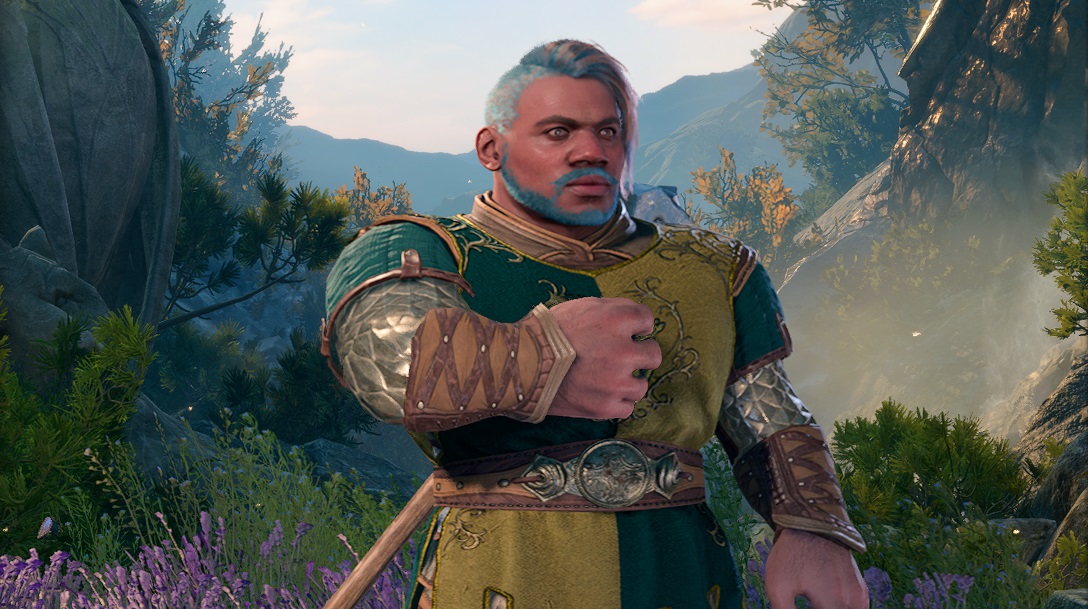
Subclasses: Ancients, Devotion, Vengeance, Oathbreaker
Proficiencies: Simple weapons, martial weapons, light/medium/heavy armor, shields
Playstyle: Co-parent of the party
Lauren Morton, Associate Editor: As a Paladin you’ll start off with a weapon and shield primarily fighting at melee range and using spells to provide buffs to your party. You’ll also begin with your class healing spell Lay on Hands to heal a party member within melee range. In dialogue, Paladins can sometimes pull rank to mediate disputes thanks to their devotion to justice. But there’s a catch, even though Baldur’s Gate 3 doesn’t have a formal morality system, Paladins that break their chosen oath (which you picked in character creation) will become an Oathbreaker subclass instead.
Ranger
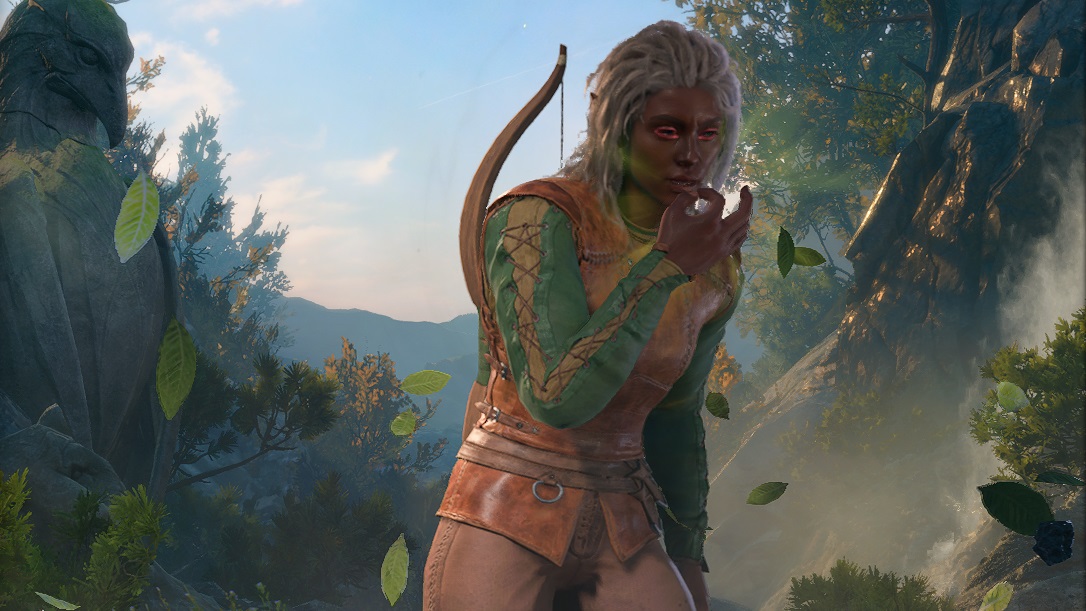
Subclasses: Hunter, Beast Master, Gloom Stalker
Proficiencies: Simple weapons, martial weapons, light/medium/heavy armor, shields
Playstyle: Sneaky animal lovers
Sean Martin, Guides Writer: The Ranger class is perfect if you enjoy being sneaky and planting arrows in unsuspecting foes, but don’t quite feel like the Rogue lifestyle is for you. It’s a class with lots of versatility, letting you befriend animals and call upon bestial minions in the form of spiders, cats, ravens, wolves, rats, bears, and even a little frog friend. If you want to be a bit tankier, you can also be a Ranger Knight, gaining proficiency in heavy armor, though that might be counterproductive if you’re trying to be stealth. Generally, the Ranger is a class for those who desire a sneaky playstyle, but with more of a nature-loving twist. In a world packed with dangerous animals, there are plenty of situations you can resolve by charming and befriending them, or simply sneaking around.
Rogue
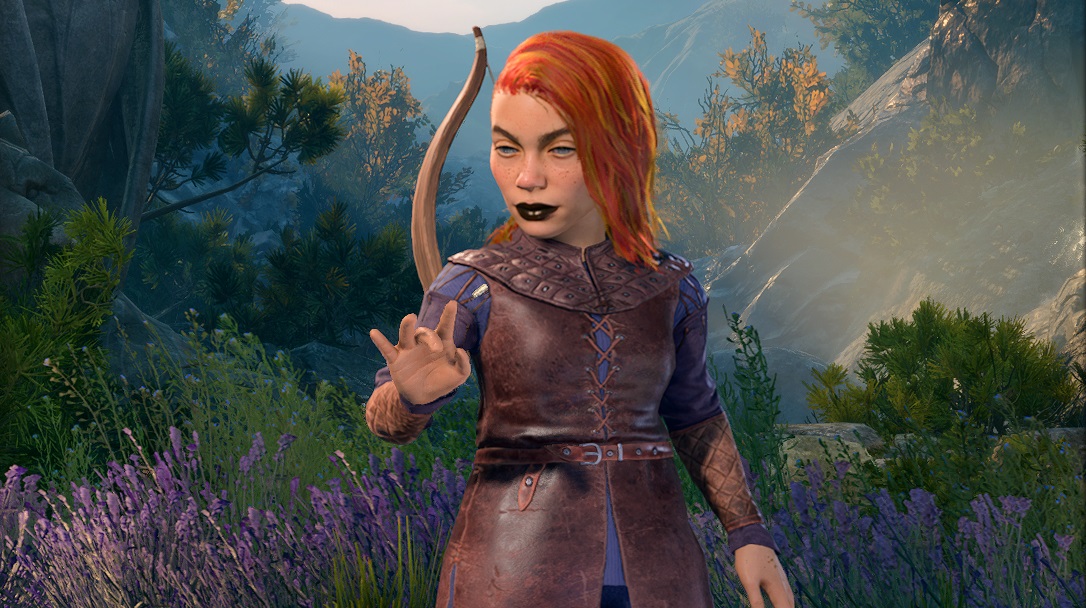
Subclasses: Arcane Trickster, Assassin, Thief
Proficiencies: Simple weapons, hand crossbows, longswords, rapiers, shortswords, light armor
Playstyle: Fleet of foot and all that
Joshua Wolens, News Writer: In my experience, Rogue is all about using your natural speed and slipperiness to navigate the battlefield better than your enemies can. It’s about dropping into stealth, identifying the most hapless, vulnerable schmuck in your opponents’ ranks, and taking them out before anyone can register your presence. Abilities like Cunning Action—which lets you do things like double your allotted movement or drop into stealth using your bonus action—give you a huge degree of flexibility when it comes to picking your targets and making your moves, letting you get your blows in and dance away before foes can react. Plus, you can teach children how to run simple scams on their elders. It’s really the perfect class.
Sorcerer
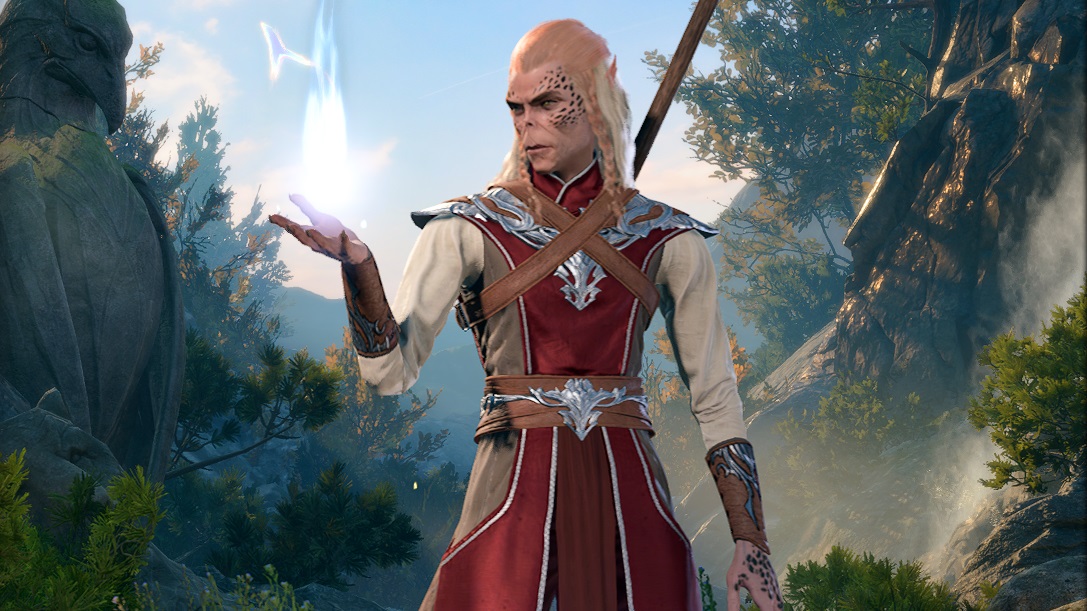
Subclasses: Wild magic, draconic bloodline, storm sorcery
Proficiencies: Daggers, quarterstaffs, light crossbows
Playstyle: The charismatic caster
Philip Palmer, Contributor: Starting as a sorcerer makes you a proper spell slinger who’s best in the back ranks. While you share the same pool of spells, you aren’t like those book nerd Wizards. Instead, you’ve traded their versatility and Intelligence for a big dose of Charisma and the ability to modify your spells on the fly to make them hit harder, last longer, or go further. When it comes time for dialogue, you’ve still got insight into how magic works, but you’re also a natural smooth talker, thanks to all that charisma—so you’ll be a shoe-in for skills like deception and persuasion.
Warlock
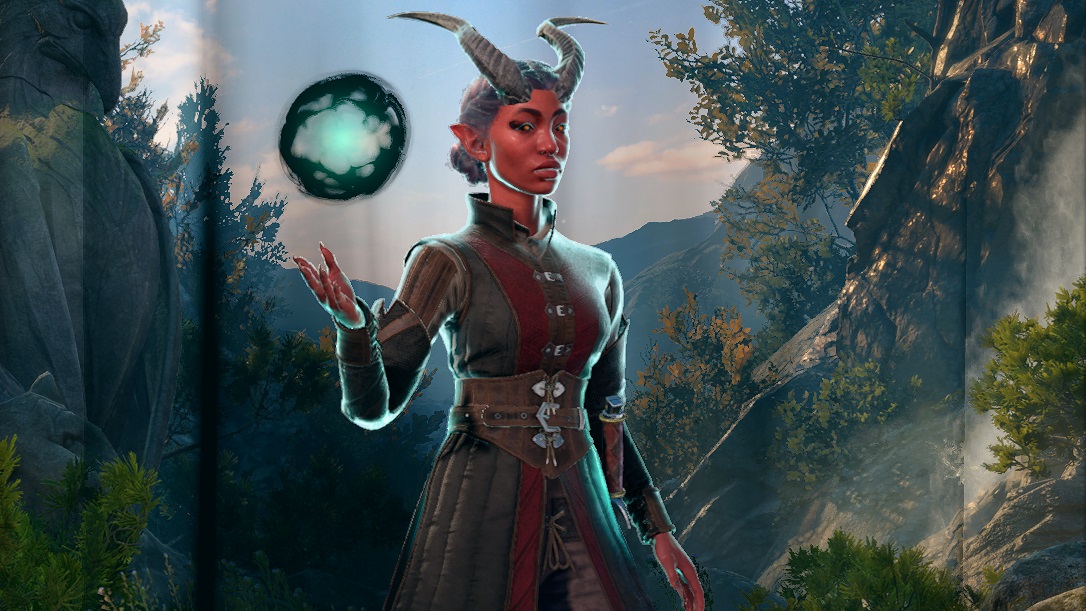
Subclasses: The Fiend, The Great Old One, The Archfey
Proficiencies: Simple weapons, light armor
Playstyle: The Charismatic Caster 2: Eldritch Boogaloo
Sarah James, Guides Writer: I usually go with wizards or some other magic-slinging ranged class but this time I thought I’d try a warlock. It’s still very early days so it’s hard to have any real feel for the class as a whole but I’m enjoying the range of spells it has to play around with. You can summon a companion to help you out in battle, though these seem to be better used as distractions in most cases, rather than proving a real threat to the enemy. You can also make use of spells to shield yourself, or gain additional hit points and damage reduction. And then, of course, you have your offensive spells, which are a mixture of ranged and melee. One of my personal favourites is Cloud of Daggers, which you can place down to deal AoE damage to any enemy that steps into it.
Wizard
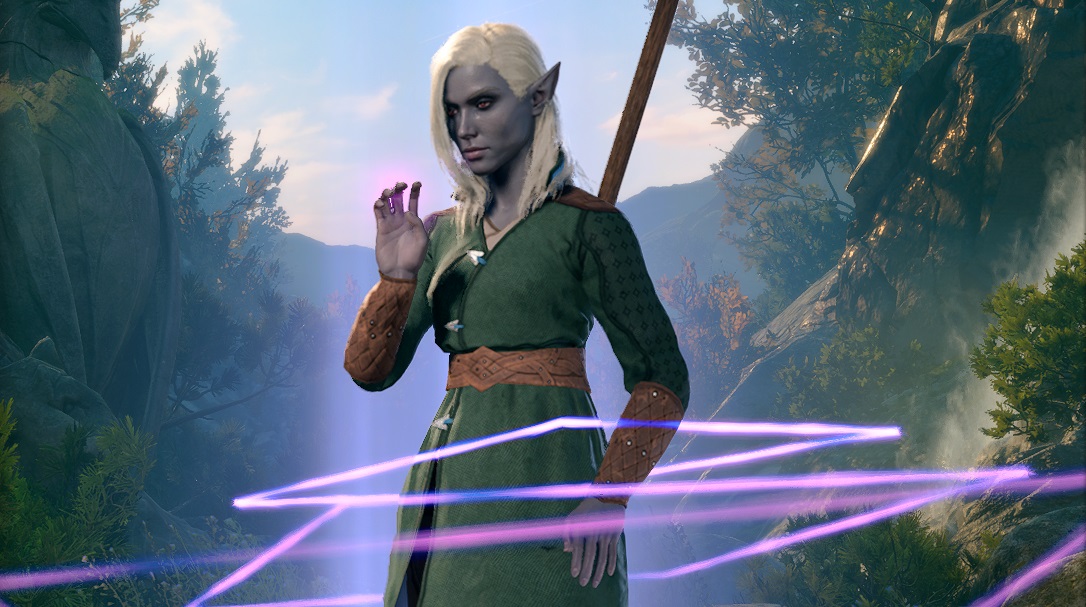
Subclasses: Abjuration, Conjuration, Divination, Enchantment, Evocation, Necromancy, Illusion, Transmutation
Proficiencies: Daggers, quarterstaffs, light crossbows
Playstyle: Chaotic spell hoarder
Sean Martin, Guides Writer: If you want to see the most of what Baldur’s Gate 3’s absurd number of spells have to offer, then wizard is definitely the right class for you, focused, as it is, around stealing everyone else’s magic. While wizards specialise in a particular school of sorcery, they are by no means limited to it, and can still learn other spells by paying gold and consuming the scrolls you find out in the world. Your magic school mainly defines your playstyle and gives bonuses based on that type of spell—Abjuration, for instance, grants you a ward of temporary hit points when you cast a related spell. It also massively reduces the gold cost of learning spells of that type. So, if you want to mess around with lots of different magic, or crave that fun experience of finding a dumb spell and immediately rolling it into your repertoire, wizard is the best choice.

